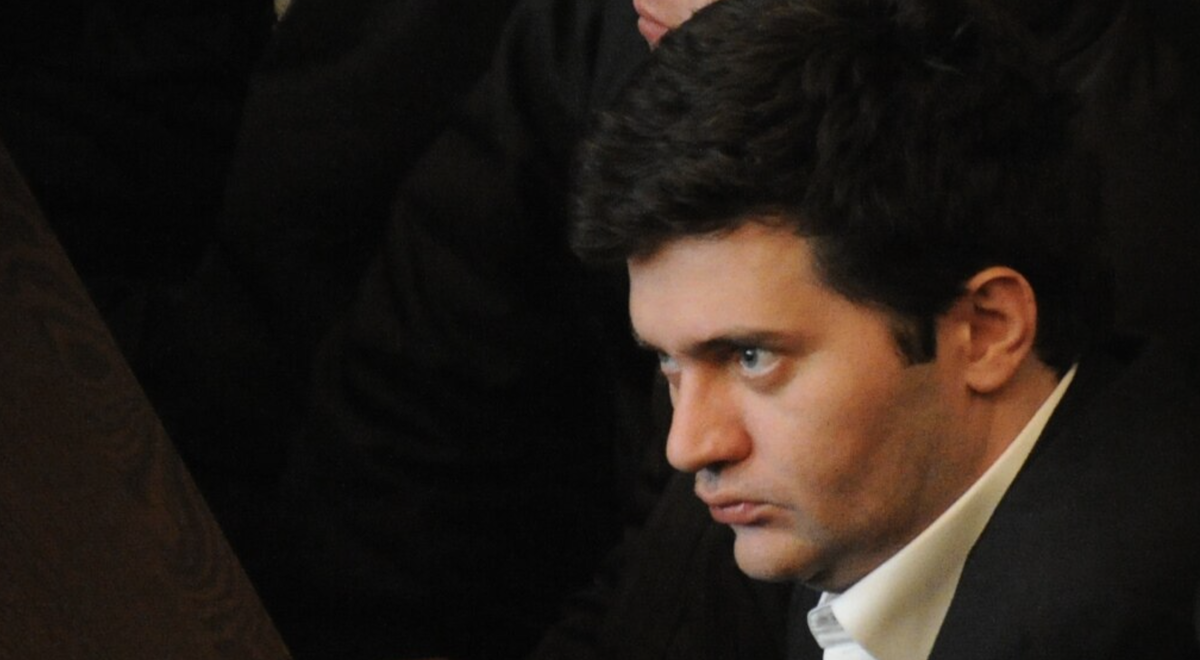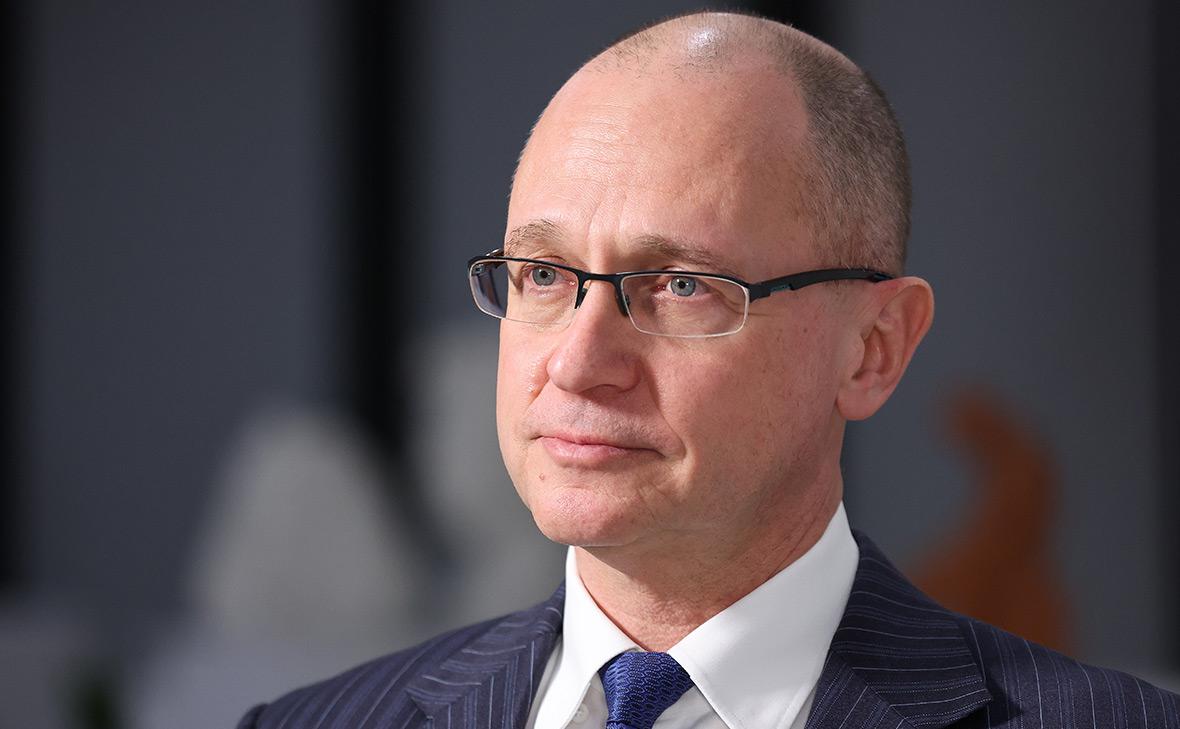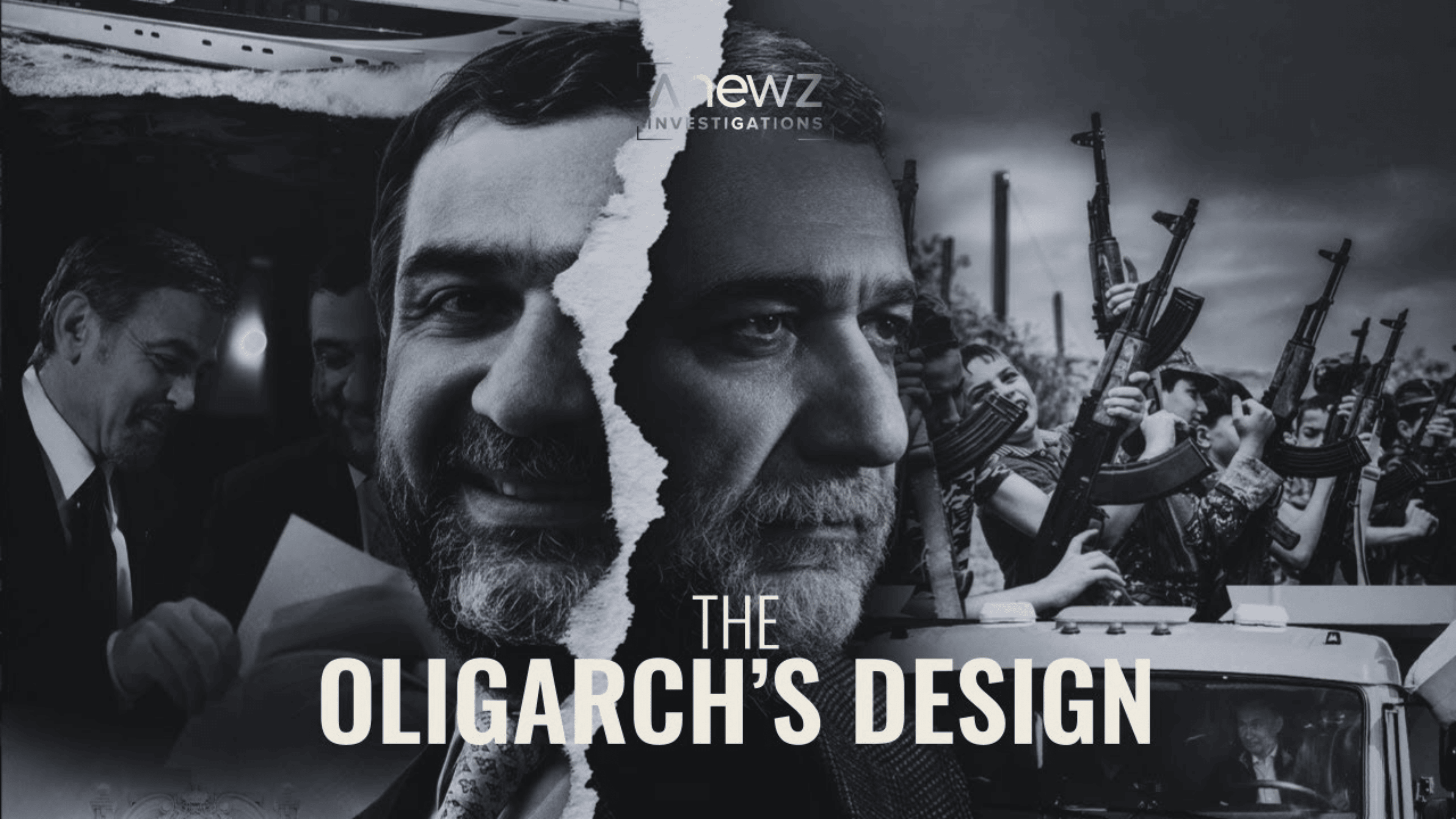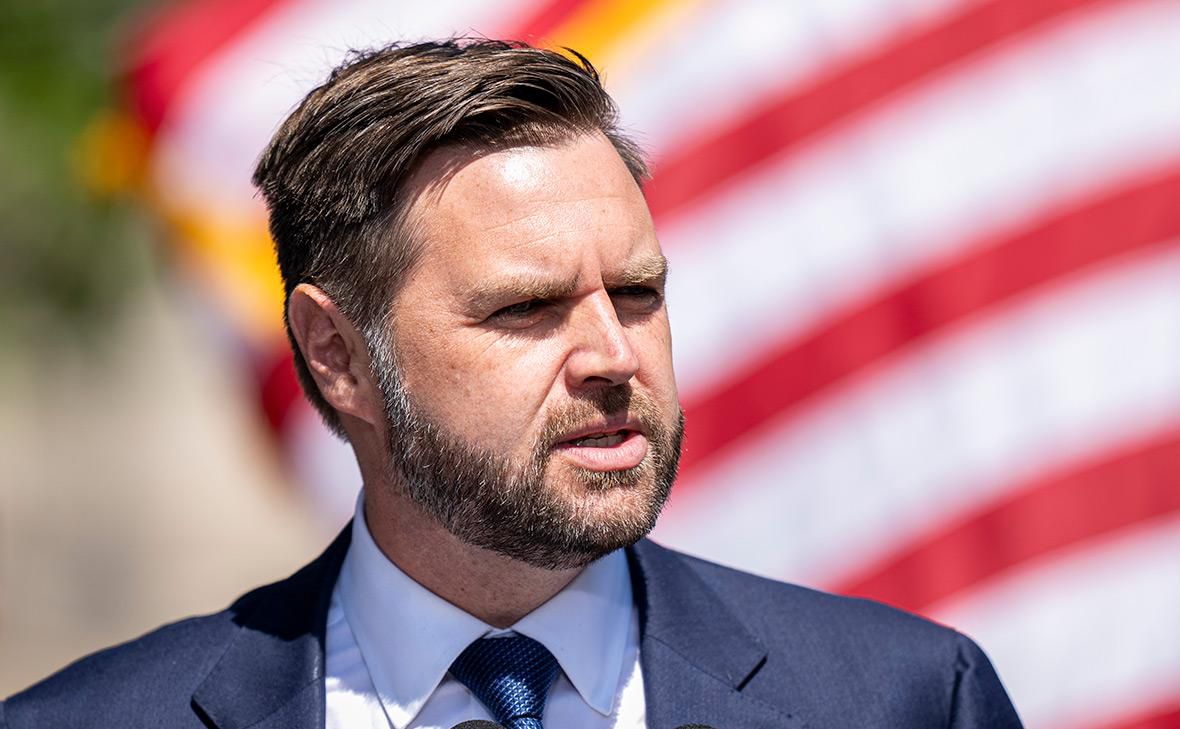Streets named after dead invaders
Streets named after Russian invaders
Russian cities see growing number of streets named after participants in the “special military operation”.
Novaya Gazeta Europe reports
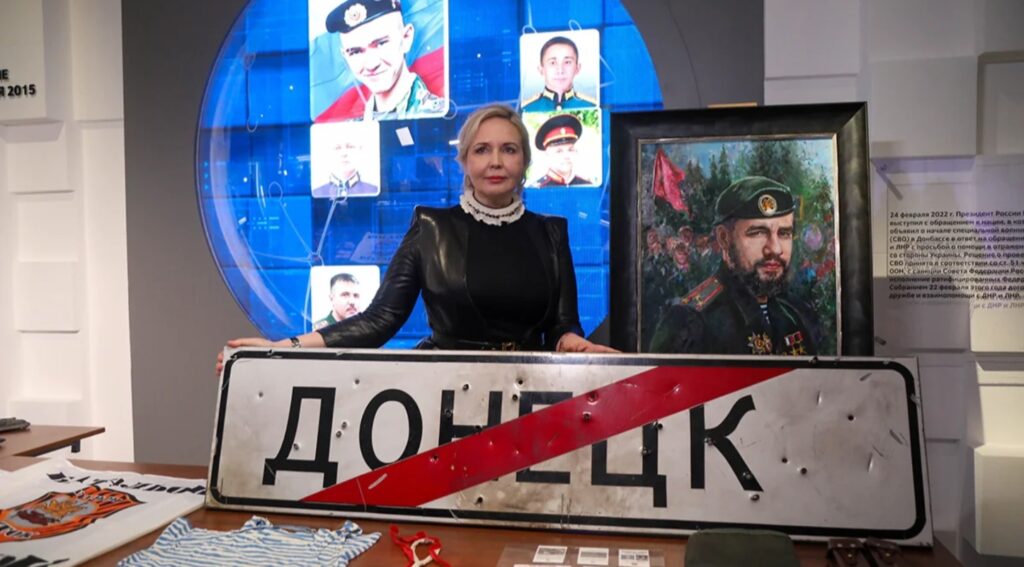
Photo: Artur Novosiltsev / Moskva Agency
In Russia and in the occupied territories, hundreds of streets have been named after participants in the invasion of Ukraine. There is not yet a single pantheon of “heroes of the special military operation,” but Russia’s military propaganda is far more aggressive than the Soviet version, Novaya Gazeta Europe’s sources note.
For the record to the federal authorities
“I want this to be a street of future defenders of the fatherland, I want it to become a symbol of preserving family values,” said Svetlana Kirillova, the widow of General Igor Kirillov, speaking into a microphone.
Vedomosti has written about Svetlana as a likely candidate for the Federation Council from Kostroma region. Behind her stood a military band and rows of teenagers from Yunarmiya in beige uniforms and red berets. On 19 August, a street in Moscow’s Nizhegorodsky district was named after her late husband.
Igor Kirillov was killed in December 2024 in Moscow when a bomb hidden in an electric scooter exploded as he walked past. He headed the Russian army’s radiation, chemical and biological protection forces and was a public figure. At the start of the invasion, he was the one spreading lurid stories about alleged US biolabs in Ukraine that supposedly threatened Russians, and later about a “dirty bomb” filled with radioactive waste supposedly prepared by Ukrainians.
Kirillov is one of the highest-ranking figures of the war to have a street named after him. But he is far from the only one: in June 2024, the outlet Holod counted 153 streets named after soldiers killed during the invasion. Since then, the number has grown, with reports of renamings — or, more often, newly built streets being given such names — appearing several times a month. Vladimir Putin has publicly urged streets to be named after “heroes of the special military operation” at least twice, in summer 2023 and spring 2025.
Street renamings make news, but compared to the total number of Russian streets they remain few. According to the Federal Information Address System, Russia has 161,517 settlements and 1,198,940 street and road elements.
Some towns and villages have several streets named after soldiers from the war; others have none.
“We don’t have such streets. There are memorial plaques on houses and schools renamed in their honour. The decision to name or rename a street is taken by the local council, since it’s a local matter. Formally, the initiative can come from anyone, but in reality the instructions come from the region. They need this for reporting to the federal authorities.
The region is monitored on measures of support for the ‘special military operation’: street renamings and plaques on houses are counted as criteria of successful implementation. The region also issues quotas for the number of SVO participants who should be included in local councils,” a deputy in a town council near Moscow told Novaya Gazeta Europe.
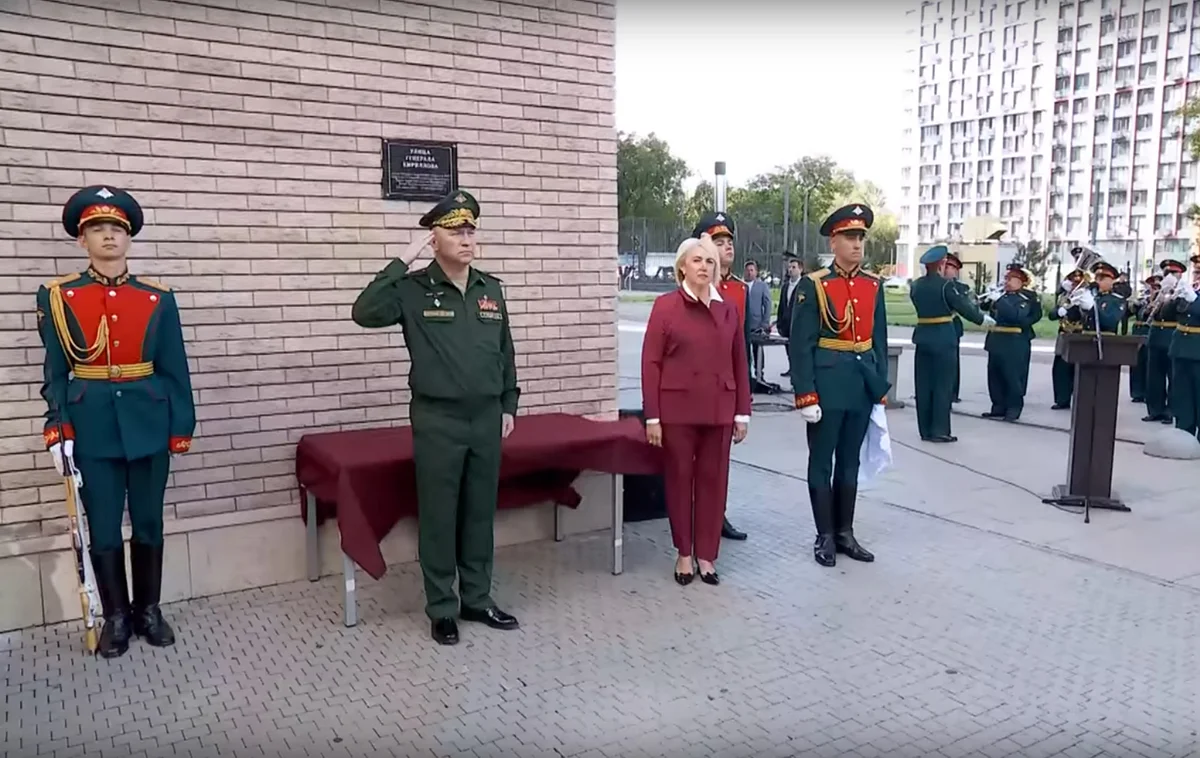
Photo: screenshot / VK video
Commemorating the occupiers
There are still no universally recognised “heroes of the special military operation” or of Donbas separatism whose memory the authorities seek to enshrine in every Russian city. According to the Federal Information Address System, the figure with the most streets named after him is Vladimir Zhoga, commander of the Sparta battalion from the self-proclaimed Donetsk People’s Republic, who was killed in 2022.
Streets bearing his name exist in Maykop, Penza, Vladivostok, Kyzyl, Novy Urengoy, Rostov-on-Don, Volzhsky (Volgograd region), Vologda, Volnovakha, Kaluga, the village of Rodnikovo in Crimea, the settlements of Morozovsky and Osminsky in Leningrad region, Olkhovsky in Lipetsk region, Ivanovka in Orenburg region, the towns of Kizel and Lysva (Perm region), and Nevinnomyssk (Stavropol region).
In honour of Zhoga’s mentor and predecessor as Sparta commander, Arsen Pavlov — better known by his call sign “Motorola” and killed in 2016 — only a single square has been named, in Russian-controlled Donetsk. Other separatist leaders such as Mikhail “Givi” Tolstykh and Alexei Mozgovoy have not had streets named after them either. A proposal to name a street in St Petersburg after Yevgeny Prigozhin never materialised.
Former DPR leader Alexander Zakharchenko, assassinated in 2018, has streets named after him in Melitopol, Omsk, Bryansk, Penza, Astrakhan, Simferopol and Solikamsk (Perm region).
The daughter of Kremlin ideologue Alexander Dugin, pro-war activist Darya Dugina, killed in a car bombing in 2022, has a street named after her in Melitopol. Streets have also been named for pro-war blogger Maxim Fomin, better known as Vladlen Tatarsky, in the Moscow suburb of Lyubertsy and in Primorsk, Zaporizhzhia region.
In around 40 towns and villages across Russia and the occupied territories, Novaya Gazeta Europe found streets named “Heroes of the SVO,” “Soldiers of the SVO,” “Defenders of Donbas,” or “Heroes of the Special Military Operation.” Local media often justify these names by pointing to the high number of residents decorated for their role in the war. Crimea, annexed by Russia in 2014, has seen particularly many such toponyms.
Typically, the initiative to name a street after a dead soldier comes from local activists, and family members are invited to the opening.
“This morning I thought: today is a happy day, but a very bitter one. Still, it’s happiness that there will be a street, that he will be remembered,” said Svetlana Belevtsova, mother of a fallen soldier from Ulyanovsk region, holding carnations at the inauguration of a street named after her son.
The typical profile of a soldier honoured in this way is a local man aged 20 to 40, either a career serviceman or a mobilised soldier, decorated posthumously. Streets are much less often named after Wagner mercenaries. No cases were found of streets named for prisoners who had gone to war.
“We can do it again” instead of “never again”
“Support for the SVO is overseen by the presidential administration’s domestic policy department, channelled through ‘educational work with the population’ and propaganda. In the regions, responsibility lies with deputy governors. I don’t think there are fixed targets for how many streets must be named after SVO fighters. Right now, the most important measure is bringing veterans of the war into government structures,” a source working in a state PR-support company told Novaya Gazeta Europe.
Today’s war propaganda in Russia is unlike anything else in the country’s history, said Alexander Cherkasov, a board member of the Memorial Human Rights Centre, speaking to Novaya Gazeta Europe. The cult of victory in the Great Patriotic War only began to take shape in the late Soviet period. Immediately after the second world war it was seen as something that must never happen again, not as something to be repeated. There are place names honouring those killed in Afghanistan and Chechnya, but these conflicts were never turned into a cult.
“Mass street renamings in the USSR didn’t start right after the war, but during Brezhnev’s era of victory-mania. Under Brezhnev the cult of the Great Patriotic War was inflated as a substitute for improving living standards — endless monuments, the revival of parades…” Cherkasov noted.
What is happening now breaks with Russia’s own tradition, he said: very little time passes between a soldier’s death and a street being named after him, whereas previously such honours were usually bestowed years later.
Historian and sociologist Dmitry Dubrovsky of Charles University in Prague added: “The Afghan and Chechen wars were shameful for the state, and renamings in honour of those killed there were more a matter of local initiative in the 1990s and 2000s.
“Now there is a unified ideological campaign that includes ‘hero desks’ in schools, memorial plaques on soldiers’ homes, SVO museums and more. There’s a constant flood of new names of unknown people — they only become known by dying in the war. There’s a clear resemblance to Brezhnev’s era, when the ideological narrative drew endless parallels with the fight against fascism by the entire world,” Dubrovsky said.
Streets named after Russian invaders













